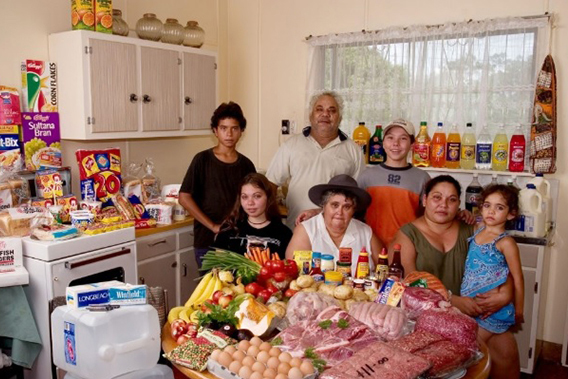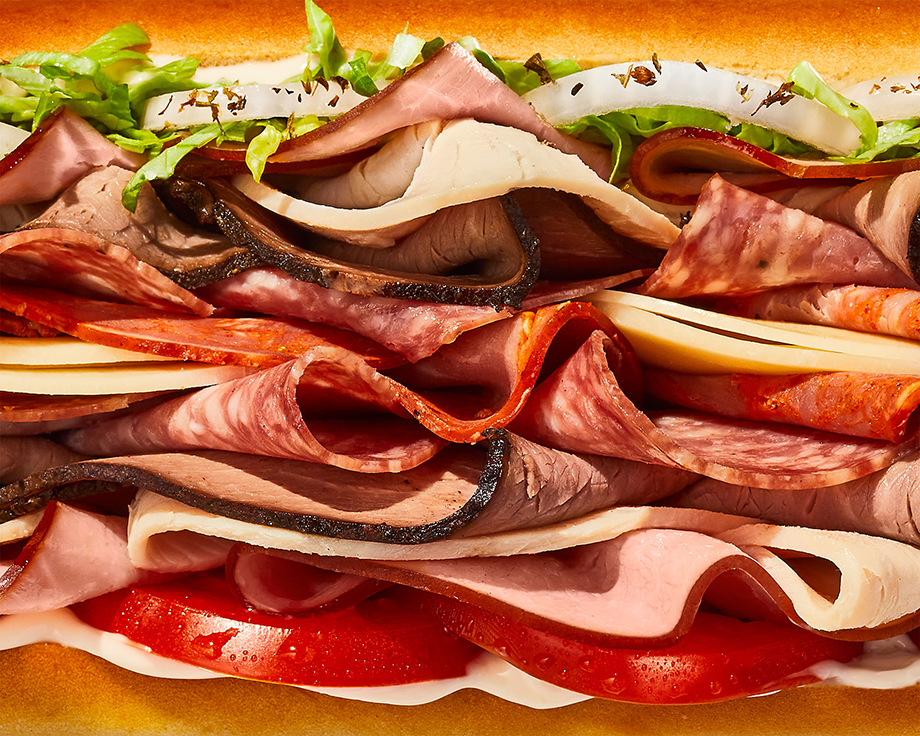Food Politics in Peter Menzel’s Documentary Food Photography
More and more, America is politicizing food. It is obvious. Some of the biggest selling points for food nowadays are their ethical qualities. Words like fair-trade, organic, compassion, or locally sourced, constantly pop up while shopping. The documentary food photography of Peter Menzel reveals so much about our world without preaching. It is immediately engrossing and surprisingly unbiased. When people speak of simplifying their diet or eating humbly, his work shows what that really could mean.
Why Food Is More Than Just Food
There’s a reason food politics exist. Starvation and obesity exist simultaneously, while corporate companies market to emerging economies food choices less healthy than their traditional diet. What you eat directly affects your physical health, yet depends on your nationality, class, political affiliations, and then, perhaps less importantly, your personal tastes. Peter Menzel has won many picture of the year and book of the year awards. In several works since 1998’s Man Eating Bugs, he has used documentary food photography to convey a message.
Hungry Planet: What The World Eats by Peter Menzel and Faith D’Aluisio
This publication depicts, through photographs and data, cultural culinary differences and much more. The 30 countries included are represented by a native family whose diet is meticulously counted and visually presented. On the accompanying pages there is text describing the family’s situation: how they cook, what they like to cook, where they shop, etc. At the end of the book there is even a “measuring table” with statistics by nation. If you are interested in food politics, food journalism, or documentary food photography, this is a must-have book.
Documenting Without Being Boring
Sometimes, when the main goal of a photographic series is to document, the artist sticks with only one angle, one lighting style, and one background. The idea is to reduce all interpretive aspects and artistic choices to a minimum and let the material speak for itself. Menzel sticks to a certain method, but the small stylistic differences create a more interesting read all the way through the book. Consider the difference in focal length, pose, and lighting in the two images below:
The Underlying Meaning
What’s amazing about his documentary food photographs is what comes out in the details. Obviously some populations eat more than others. However, the omnipresence of breakfast cereals (corn flakes in Kuwait) tells us a deeper story about globalization. We see the change that dried food and preservatives can make to the diet of extremely isolated areas such as Greenland. The difference in how food is packaged between Mongolia and Germany. The exaggeratedly heavy beverage consumption of the latter (see above).
Showing someone what you eat in one week is actually quite personal and revealing. Menzel’s method itself gives him credibility. We believe he is unbiased because of the consistency of what is included in his shots and the frankness of the family’s faces.
Making Effective Messages in Food Photography
Shock and awe will turn off most audiences. Menzel’s documentary food photography is so successful and well-received because of its high level of journalism. In-depth research and a well-rounded point of view are key when entering the political realm. Something to think about is how you can make a point without focusing on it. For example, food packaging is not the main subject, nor discussed much in the text. We can enjoy and connect with the family stories related to food and people’s favorite meals, or we can dwell on the overuse of food packaging in developed countries–it’s up to the viewer.










